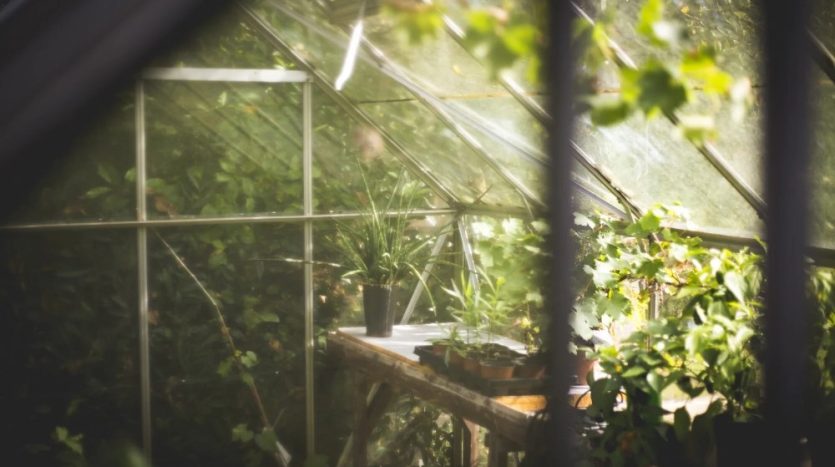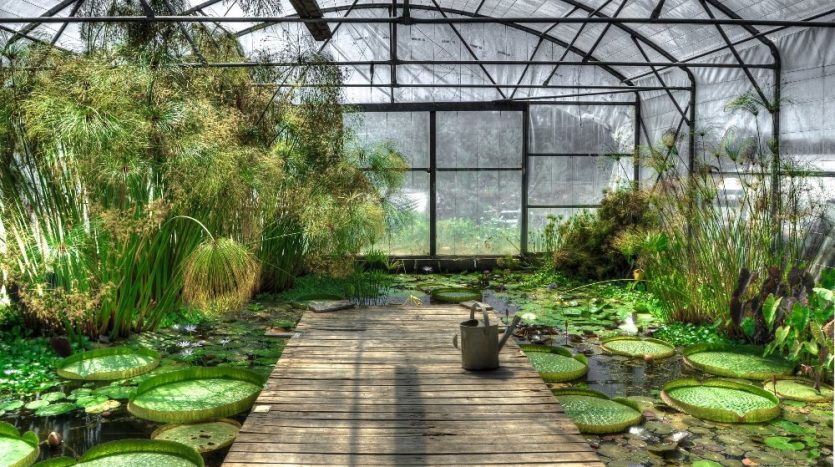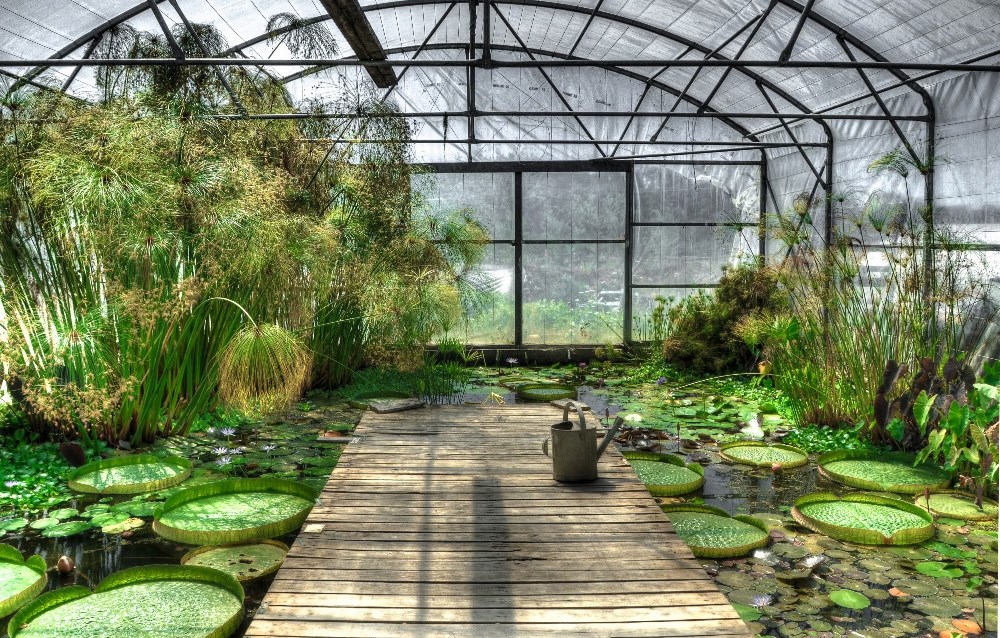Greenhouse Options Tailored for Educational and Research Facilities
In the expanding field of environmental sciences and plant biology, educational institutions and research centers rely on purpose-built greenhouse structures to support their evolving needs. These greenhouses are more than simple structures for growing plants. They serve as laboratories, classrooms, and test environments, each with unique demands for climate control, layout, and equipment.
Academic and research institutions often pursue very specific goals in plant science, horticulture, agronomy, or biology. As such, their greenhouse solutions must reflect a deeper level of customization and durability than those designed for casual gardening or commercial crop production.
The Role of Greenhouses in Education and Research
Modern educational greenhouses are often integrated into science curricula to help students visualize and interact with natural processes. They create hands-on learning opportunities for everything from plant genetics and entomology to sustainable food production and environmental stewardship.
In research facilities, greenhouses are indispensable tools for conducting controlled experiments. Whether evaluating drought resistance in crops or testing the effects of light variation on plant metabolism, these projects require highly regulated internal environments. The infrastructure must be built to accommodate long-term study, with consistency in environmental parameters like humidity, temperature, lighting, and ventilation.
Designs for such facilities must account for specialized zoning, irrigation systems, and even growth chambers or isolators. These systems support a wide variety of research types, from microbiological assays to genetic engineering of plants, and must be adapted accordingly.
Customization for Institutional Demands
Greenhouse designs for schools and labs typically begin with a consultation that assesses specific programmatic requirements. These could include the number of plant species to be housed, the desired growing seasons, and the type of data researchers aim to collect. Understanding these goals helps shape the structural, mechanical, and operational framework of the facility.
Ventilation strategies are tailored to meet research objectives, as some experiments require a sealed environment while others benefit from natural airflow. Lighting systems can be programmed to simulate different latitudes and photoperiods. Temperature control is precise and often distributed across multiple zones within the same facility, each calibrated to its respective purpose.
The choice of materials, glazing type, framing components, insulation, and flooring also depends on the educational or research outcomes. For example, glass glazing may be favored for its high light transmittance in botany departments, while polycarbonate might be selected for durability and cost-effectiveness in a high-traffic school setting.
Integration of Technology in Learning Greenhouses
Technology plays an increasingly prominent role in how greenhouses are operated in academic settings. Schools and universities are incorporating data loggers, environmental sensors, and climate automation systems into their builds.
These systems offer real-time feedback and can be monitored remotely by educators or researchers. Such integration helps students engage with data collection and analysis in meaningful ways, strengthening STEM learning outcomes. In many facilities, software programs control lighting cycles, nutrient flow, and carbon dioxide levels, allowing for accurate and reproducible conditions across experiments.
Further advancements include the use of hydroponic or aquaponic systems, which allow educational programs to introduce sustainability concepts. These alternatives demonstrate soil-free plant growth and efficient resource use, connecting plant science with broader ecological principles.
Durability and Long-Term Use Considerations
Educational and research greenhouses experience frequent use, making durability a top priority. Many institutions choose steel-framed structures or aluminum components for added strength. Reinforced glazing materials help protect against breakage from internal equipment movement or external weather conditions.
Long-term use planning considers adaptability. Educational programs may evolve, requiring greenhouses that can accommodate new technologies or research shifts. Modular design principles make it easier to reconfigure interior layouts, add new zones, or update energy systems as funding or programming changes.
Facilities may be outfitted with adjustable benching systems, overhead rail lighting, and movable partitions to increase flexibility. These options support seasonal shifts, different class sizes, and concurrent research projects without disrupting overall operations.
Working With the Right Manufacturing Partner
Institutions often require design-build services that go beyond prefabricated options. Partnering with a greenhouse supplier that specializes in institutional-grade facilities ensures that all technical, compliance, and functional requirements are met. To meet these specific demands, schools and labs can benefit from working with a custom greenhouse manufacturer that understands structural engineering, local permitting, and scientific use cases. In these partnerships, early collaboration between architects, engineers, and education professionals helps reduce costly design revisions and ensures optimal functionality from day one.
From selecting the best HVAC units to recommending lighting based on geographic location, the right manufacturer becomes a long-term asset for academic and scientific institutions. Their insight helps integrate modern sustainability practices and enhances the value of the investment.
Budgeting and Funding for Institutional Projects
Securing capital for educational and research greenhouses often involves navigating grant programs, district budgeting cycles, or donor-supported campaigns. These financial constraints make cost forecasting and transparent proposals critical to project approval.
Working with a firm that offers detailed scope-of-work documentation and cost breakdowns helps facilities teams present clear justifications to funders. Detailed planning can also reveal opportunities for phased construction, allowing institutions to grow their facilities as budgets allow.
Many grant providers favor proposals that include sustainability components, STEM education goals, and multi-use potential. Institutions that align greenhouse designs with these objectives can strengthen their case for funding.
Sustainability in Greenhouse Construction and Operation
More institutions are prioritizing sustainability in their capital improvement projects, including greenhouse development. From solar panels and rainwater collection systems to energy-efficient HVAC and smart lighting, these greenhouses aim to reduce operating costs while meeting green building standards.
Sustainable materials are selected for both environmental and longevity purposes. Low-VOC sealants, recycled structural components, and high R-value insulation are examples of features commonly used. Energy audits are frequently conducted post-construction to validate efficiency goals and guide future upgrades.
Some campuses aim to achieve LEED certification or equivalent benchmarks. While not required for all greenhouse builds, these frameworks promote eco-conscious choices that benefit both the facility and its surrounding community.
Greenhouses designed for educational and research use must do far more than support basic plant growth. These structures serve as hubs for innovation, discovery, and practical learning, making them crucial components of institutional development.
By working with a greenhouse manufacturer, schools and research labs can secure solutions that are as functional as they are future-ready. From energy efficiency to technological integration, every element plays a role in helping students and researchers unlock deeper knowledge about the natural world.










